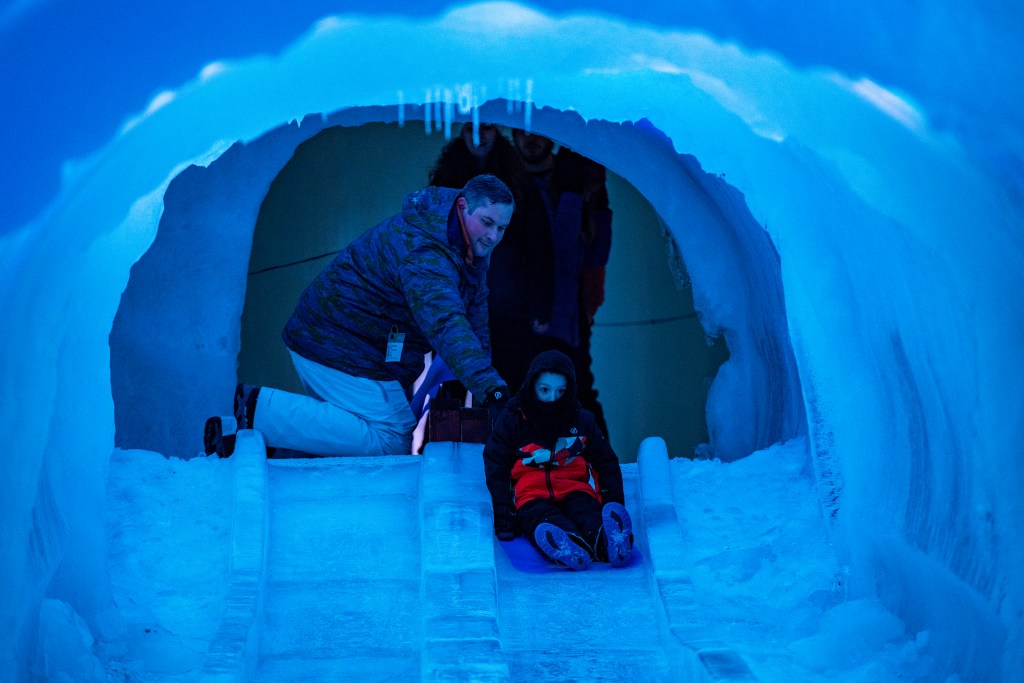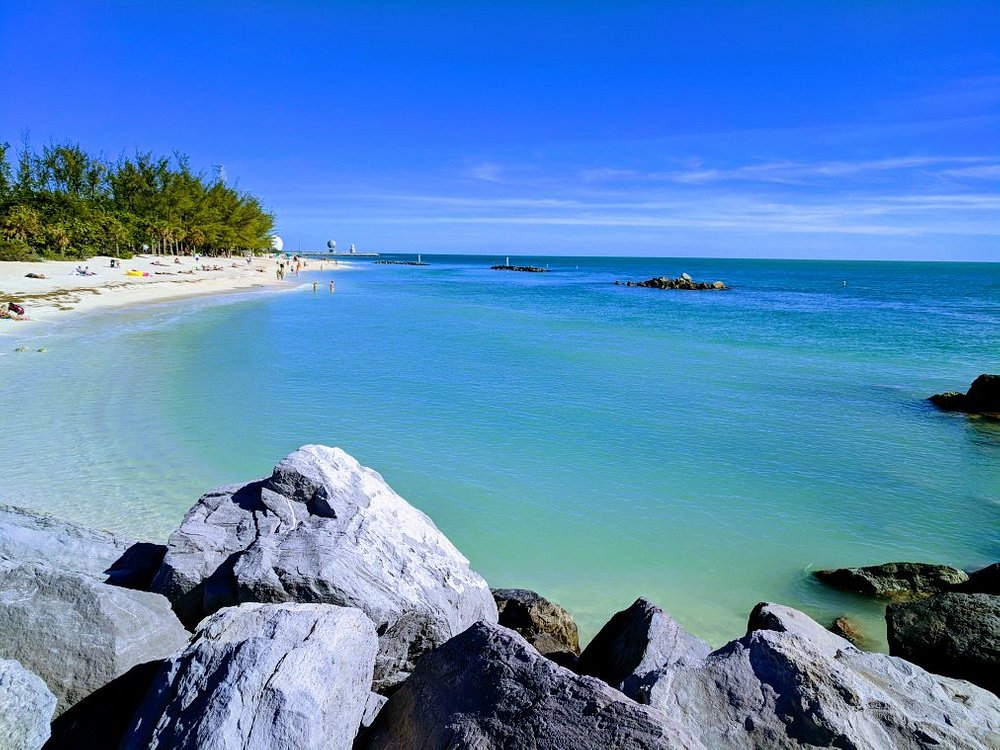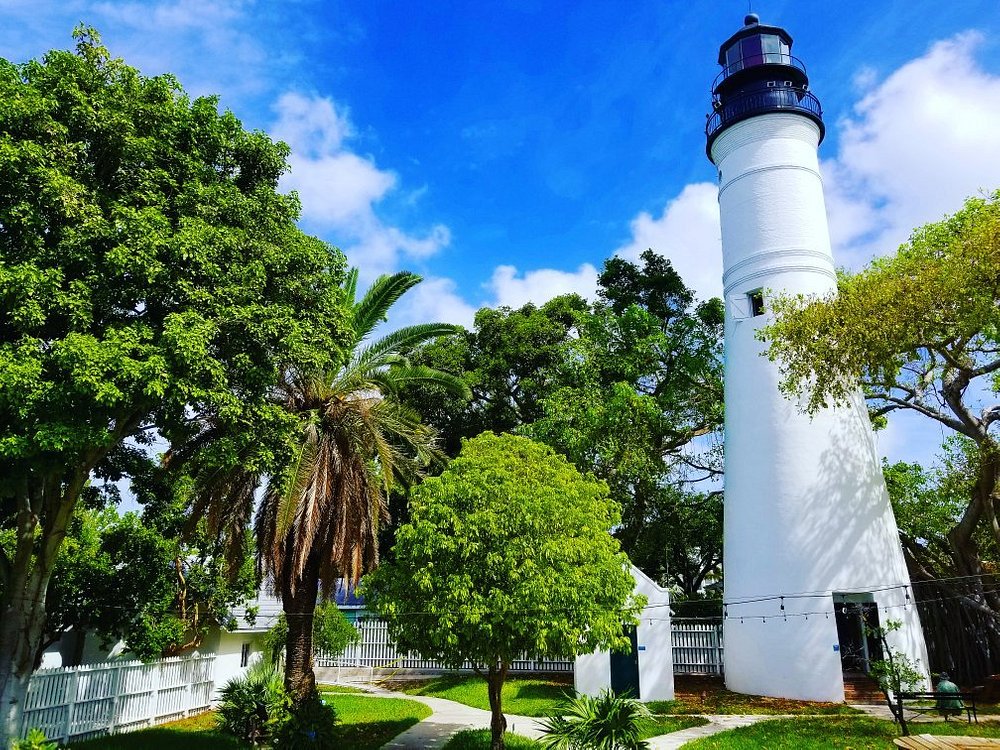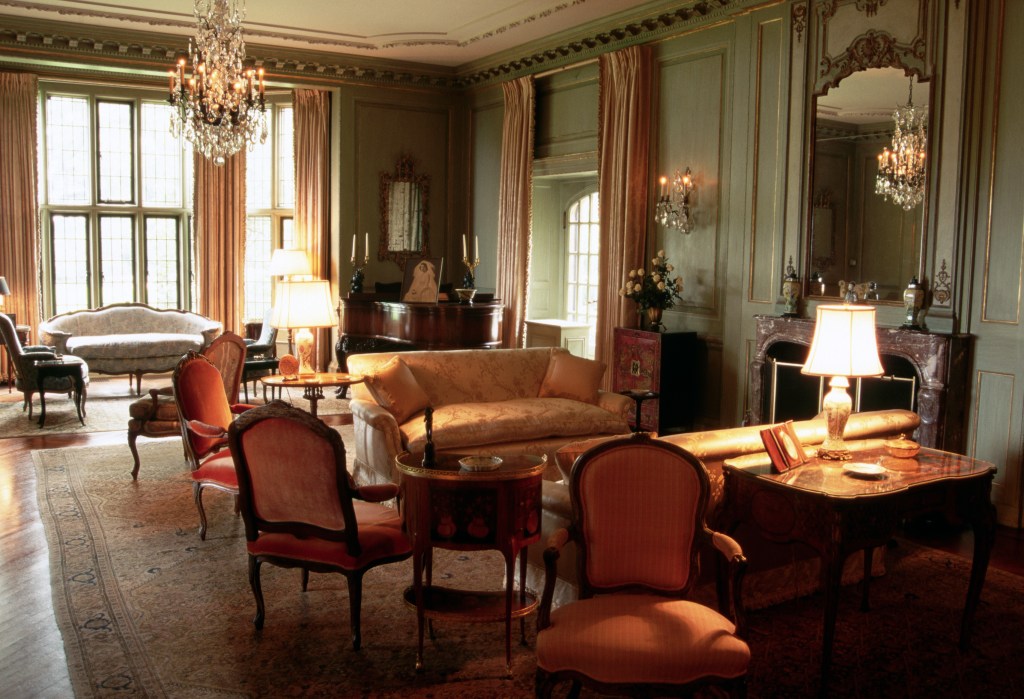Imagine this: A miracle leaves you with a three-day weekend and you’re ready to skip town.
The catch? You have 48 hours to plan your trip from start to finish.
If you’re planning a solo adventure, that’s not too short of a timeframe to get the job done. But the more people you add to your travel plans, and the farther you plan on wandering, the more difficult it is to put together a cohesive and satisfying trip.
Especially when you only have 72 hours to work with.
Despite the challenges, last-minute trips have often been my most memorable adventures. Not only is the excitement factor cranked all the way up, but these lesser-planned trips tend to expose us to more surprises along the way.
For example, I went on a last-minute escape to Sweden in winter to watch a World Rally Championship race a few years back. It was full of side quests I didn’t expect, from manning a dog sled through the forest, making friends with an amazing couple, or sipping on a cocktail that tasted exactly like a pancake.
As rewarding as they can be, planning (successful) last-minute trips requires attention to detail and even some insider knowledge of the travel industry. (Having a weekender bag at the ready helps, too.)
If you want to take your last-minute trips further, keep these two simple rules in mind. They’ll help you save money on lodging and more without missing out on fantastic experiences along the way.
2 simple rules of planning a last-minute trip
Rule #1: Know where to find last-minute deals
Ever seen offers for high-value, last-minute travel deals on hotels and wondered… who has the flexibility to take advantage of those offers? They’re for travelers who want to get away for a few days at the very last hour.
And you can find more than deals on hotels. Many companies also list offers on flights, car rentals, and more.
Platforms like LastMinuteTravel let you shop around specifically for time-sensitive deals, including flights. The more flexible you are on your destination, the more luck you’ll have with these types of platforms.
I also suggest looking into HotelTonight, which is great for finding top-tier hotels with slashed room rates.
Even Booking.com and Priceline offer last-minute getaway deals—and they sometimes come bundled, offering transportation, lodging, and even car rentals.
Priceline almost always has a ‘quick escape’ or ‘deal of the day’ offer boldly listed on their homepage. Booking, by contrast, offers flash sales under their flight + hotel pages, making it easy to book a bundled trip.
*Always read the fine print carefully. These high-value deals come with quite a few strings attached. The most common condition you’ll see is the nature of the reservation, which usually can’t be altered or canceled once completed.
Rule #2: All-inclusive offers and bundles should be your top priority
The resources listed above should help you find all-inclusive offers that come bundled with other amenities, like car rentals. Once again, always read the fine print so that you know what’s included and what isn’t.
Now that you know where to find the deals, let’s focus on what types of offers should be your top priority.
I recommend looking for all-inclusive resort offers for a last-minute getaway. Booking this type of adventure removes almost all of those chores that get in the way of lounging on the beach or exploring interactive museums.
I’m talking about breakfast buffets, a few free cocktails, discounts on tours and activities, and more. The more that comes bundled into your booking, the less you need to figure out—and the fewer details you’re likely to lose track of.
Bonus tip: you don’t need to wander far
Here’s my last piece of advice on planning last-minute trips: If you can’t find a good deal, then don’t wander too far.
Local travel isn’t as exotic or Instagram-sexy as international destinations, but I’ve had great experiences sticking to my general region on last-minute trips.
If you have a car or aren’t shy about traveling by train or bus, you can easily plan a last-minute trip to a hidden gem near you.
Once again, platforms like HotelTonight can even help you uncover new hotels and resorts in your area. This is one of my favorite ways to escape Barcelona and get out of the city. I simply shop around for a last-minute deal in a location I know that I can get to easily, and then I splurge on the extras like spa treatments, cocktails, and even a little shopping.
My point is that you don’t need to go far to have a rejuvenating and satisfying trip, especially if wellness is on your radar.












